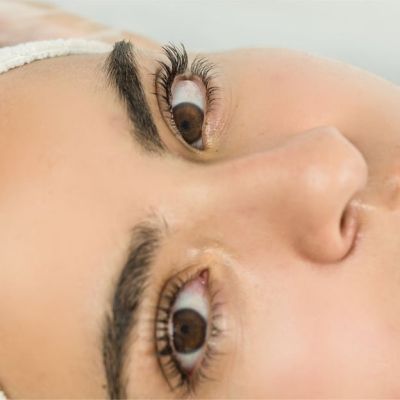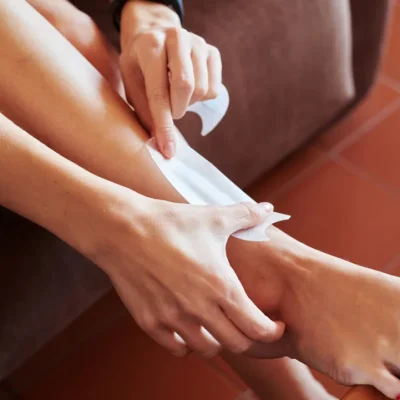Preparing for a professional waxing appointment is essential for a smooth and comfortable experience. This guide Diva Beauty Salon offers valuable insights into prepping your skin, understanding aftercare, and maximizing the benefits of your waxing session. Whether you’re a waxing novice or a seasoned pro, these tips will help you make the most of your appointment, ensuring optimal results and minimal discomfort. From skincare routines to what to avoid before your session, this guide will empower you with the knowledge to approach your professional waxing appointment with confidence and achieve silky, hair-free skin with ease.
Hair Length:
Ensuring the optimal length of hair is crucial when preparing for a professional waxing appointment. The recommended length for effective waxing is at least 1/4 inch or around the length of a grain of rice. This length allows the wax to grip the hair firmly, facilitating smoother and more efficient hair removal. If the hair is too short, the wax may struggle to adhere properly, leading to incomplete removal and the need for potential reapplication. On the other hand, excessively long hair may cause more discomfort during the waxing process. Adhering to the recommended hair length ensures that the wax can effectively grasp and remove the hair from the root, resulting in a cleaner and longer-lasting outcome.
Exfoliation:
Gentle exfoliation is a key step in preparing for a professional waxing appointment. Exfoliating the skin a day before the scheduled session helps remove dead skin cells, creating a smoother surface for the wax to adhere to during the hair removal process. This process not only promotes more effective waxing but also helps reduce the likelihood of ingrown hairs, allowing for a more comfortable and long-lasting result. Utilizing a mild exfoliating scrub or glove, individuals can enhance the overall efficacy of the waxing procedure and contribute to a smoother post-waxing experience. However, it’s crucial to avoid harsh exfoliants that could potentially irritate the skin, ensuring a balanced approach to skin preparation.
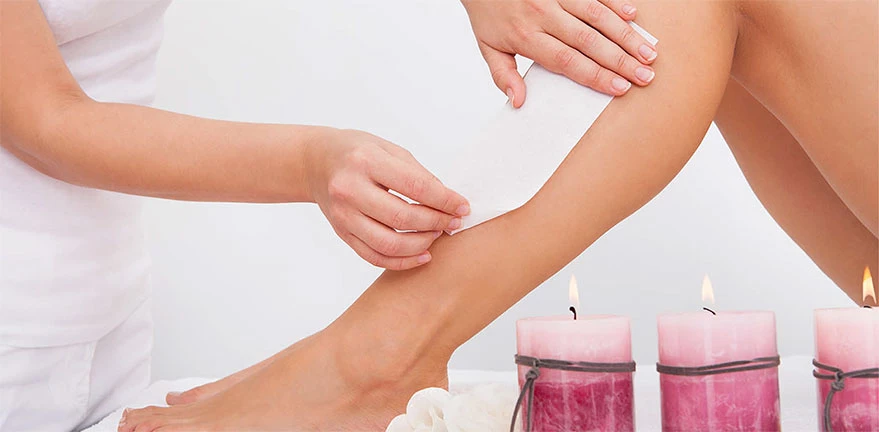
Hydration:
Maintaining skin hydration is a fundamental aspect of preparing for a professional waxing appointment. Well-hydrated skin not only promotes overall skin health but also contributes to a smoother and less painful waxing experience. Regularly moisturizing the skin in the days leading up to the appointment helps ensure that the skin is supple and adequately nourished. However, it’s essential to skip applying lotions or oils on the day of the waxing session, as these can interfere with the wax’s adherence to the hair. By prioritizing hydration as part of the pre-waxing routine, individuals can help minimize discomfort, reduce the risk of skin irritation, and enhance the effectiveness of the waxing process.
Avoid Sun Exposure:
- Sunburn Risk:
- Avoid sun exposure at least a few days before your waxing appointment to prevent sunburn, which can increase skin sensitivity and discomfort during waxing.
- Skin Sensitivity:
- Sun-exposed skin tends to be more sensitive, making the waxing process potentially more uncomfortable. Plan your waxing session for a time when your skin is not freshly sun-exposed.
- Reduced Risk of Irritation:
- Sunburned or recently sun-exposed skin is more prone to irritation. Skipping sun exposure before waxing helps reduce the risk of redness, inflammation, or other adverse reactions.
- Even Tan:
- If you have a tan, wait until it has fully settled before getting waxed. Waxing on unevenly tanned skin may result in uneven hair removal and an inconsistent appearance.
- Long-Term Results:
- Waxing on sun-exposed skin may lead to less effective hair removal and potentially shorter-lasting results, as the wax may struggle to grip the hair effectively.
By avoiding sun exposure before your waxing appointment, you contribute to a more comfortable and effective waxing experience while minimizing the risk of adverse reactions or uneven results.
Pain Management:
Considering pain management strategies is a thoughtful aspect of preparing for a professional waxing appointment. While waxing discomfort is often temporary and varies among individuals, taking a mild pain reliever, such as ibuprofen or acetaminophen, about 30 minutes before your scheduled session can help minimize any potential discomfort. This proactive approach can make the waxing experience more tolerable, especially for those with lower pain thresholds or heightened sensitivity. However, it’s important to consult with your healthcare provider before taking any medication and to inform your esthetician about any pain relief measures you’ve taken on the day of the appointment. By incorporating pain management considerations, individuals can navigate their waxing sessions with greater ease and comfort.
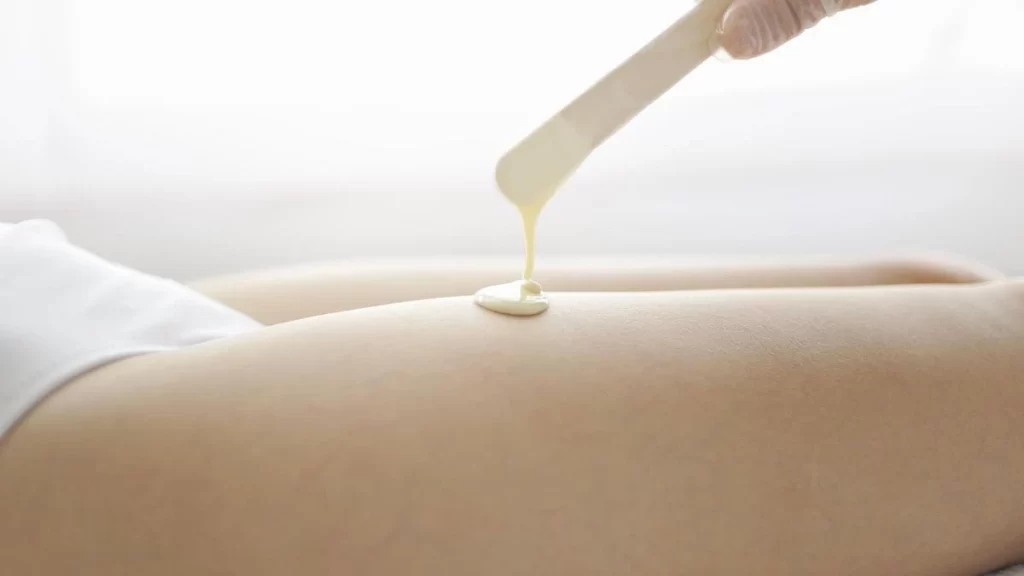
Skip Caffeine:
Skipping caffeine before a waxing appointment is a wise consideration to enhance overall comfort during the session. Caffeine is known to stimulate the nervous system and can potentially heighten sensitivity, making the waxing experience feel more intense for some individuals. By abstaining from caffeinated beverages or products on the day of your appointment, you reduce the likelihood of increased nerve sensitivity and make the waxing process more manageable. Opting for caffeine-free alternatives like herbal tea or water in the hours leading up to your session can contribute to a calmer and more relaxed experience, ensuring that the temporary discomfort associated with waxing is minimized.
Wear Comfortable Clothing:
Choosing comfortable clothing is a practical consideration when preparing for a professional waxing appointment. After the waxing session, the treated area may be more sensitive, and tight or restrictive clothing can potentially cause irritation or discomfort. Opting for loose-fitting and breathable attire not only ensures a more comfortable post-waxing experience but also facilitates ease of access to the specific areas being treated. Additionally, wearing comfortable clothing can contribute to a more relaxed mindset during the appointment. Whether it’s a loose pair of pants or a flowing skirt, selecting attire that prioritizes comfort helps individuals feel at ease, allowing them to navigate the waxing session with greater comfort and convenience.
Avoid Retinoids:
- Increased Sensitivity:
- Retinoids, commonly found in products like retinol or prescription treatments, can increase skin sensitivity, making the waxing process more uncomfortable.
- Risk of Irritation:
- Using retinoids before waxing may heighten the risk of skin irritation, redness, or inflammation, as the skin is more prone to react to the waxing process.
- Compromised Skin Barrier:
- Retinoids can compromise the skin’s natural barrier, making it more susceptible to damage during waxing. This can result in increased discomfort and potential adverse reactions.
- Delayed Healing:
- Waxing on skin treated with retinoids may delay the healing process, leading to prolonged redness or irritation after the session.
- Uneven Results:
- Retinoids can affect skin texture and thickness, potentially leading to uneven hair removal results during waxing.
- Consultation with Professionals:
- Before a waxing appointment, it’s advisable to consult with both your esthetician and dermatologist to determine when it’s safe to discontinue retinoid use in preparation for the session.
- Temporary Discontinuation:
- Consider temporarily discontinuing the use of retinoid products at least a week before your waxing appointment to allow the skin to regain its natural resilience and reduce sensitivity.
Avoiding retinoids before waxing is a precautionary measure to ensure a smoother and more comfortable experience, minimizing the risk of skin reactions and promoting optimal waxing results.
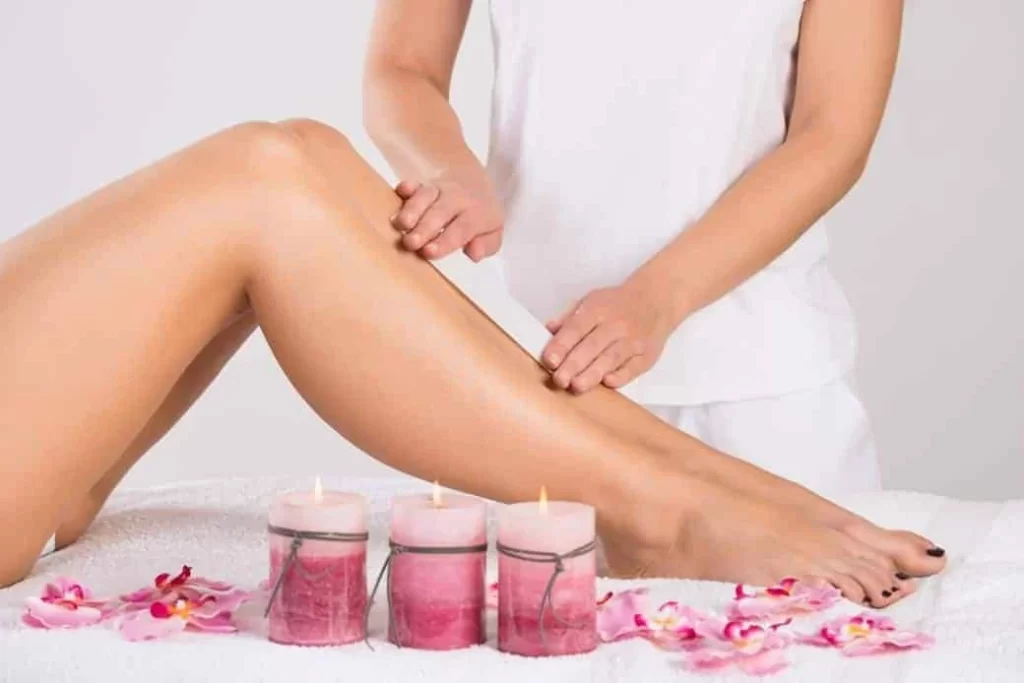
Skip DIY Waxing:
Resisting the temptation to engage in do-it-yourself (DIY) waxing in the days leading up to your professional appointment is a crucial consideration. DIY waxing at home can lead to uneven results, uneven hair lengths, and potential skin irritation, creating challenges for your esthetician during the professional session. Professional waxing technicians are trained to assess hair growth patterns, apply wax with precision, and ensure a thorough and even removal process. Engaging in DIY waxing can disrupt this natural hair growth pattern, making it more challenging for the professional to achieve optimal results. By refraining from at-home waxing, individuals enable their estheticians to work more effectively, providing a smoother and more consistent outcome during the scheduled professional waxing session.
FAQ’s:
How to do waxing professionally?
To wax professionally, ensure proper hygiene, choose the right wax type for the skin and hair, apply wax in the direction of hair growth, use quality waxing tools, and provide post-wax care advice for optimal results.
What are 3 waxing methods?
Three common waxing methods are strip waxing, hard (stripless) waxing, and sugar waxing, each offering distinct advantages based on hair type and skin sensitivity.
What is a full body wax called?
A full body wax, involving the removal of hair from various body parts, is commonly referred to as a “full body waxing” or “full body wax.”
What is the most painless waxing method?
Hard (stripless) waxing is often considered the most painless method as it adheres to the hair rather than the skin, reducing discomfort during the removal process.
Does waxing stop hair growth?
Waxing does not permanently stop hair growth, but it can lead to hair thinning over time, resulting in finer and softer regrowth.
CONCLUSION:
In conclusion, preparing for a professional waxing appointment involves thoughtful steps to ensure a smooth and comfortable experience. From maintaining optimal hair length to exfoliating for better wax adherence, hydrating the skin, and avoiding sun exposure, these preparations contribute to effective and satisfying results. Considerations like pain management, skipping caffeine, and wearing comfortable clothing enhance the overall experience. By following these guidelines, individuals can approach their professional waxing appointment with confidence, knowing they’ve taken essential steps for optimal results and a more comfortable post-waxing experience. This guide empowers individuals to make the most of their waxing session, achieving silky, hair-free skin with ease.


